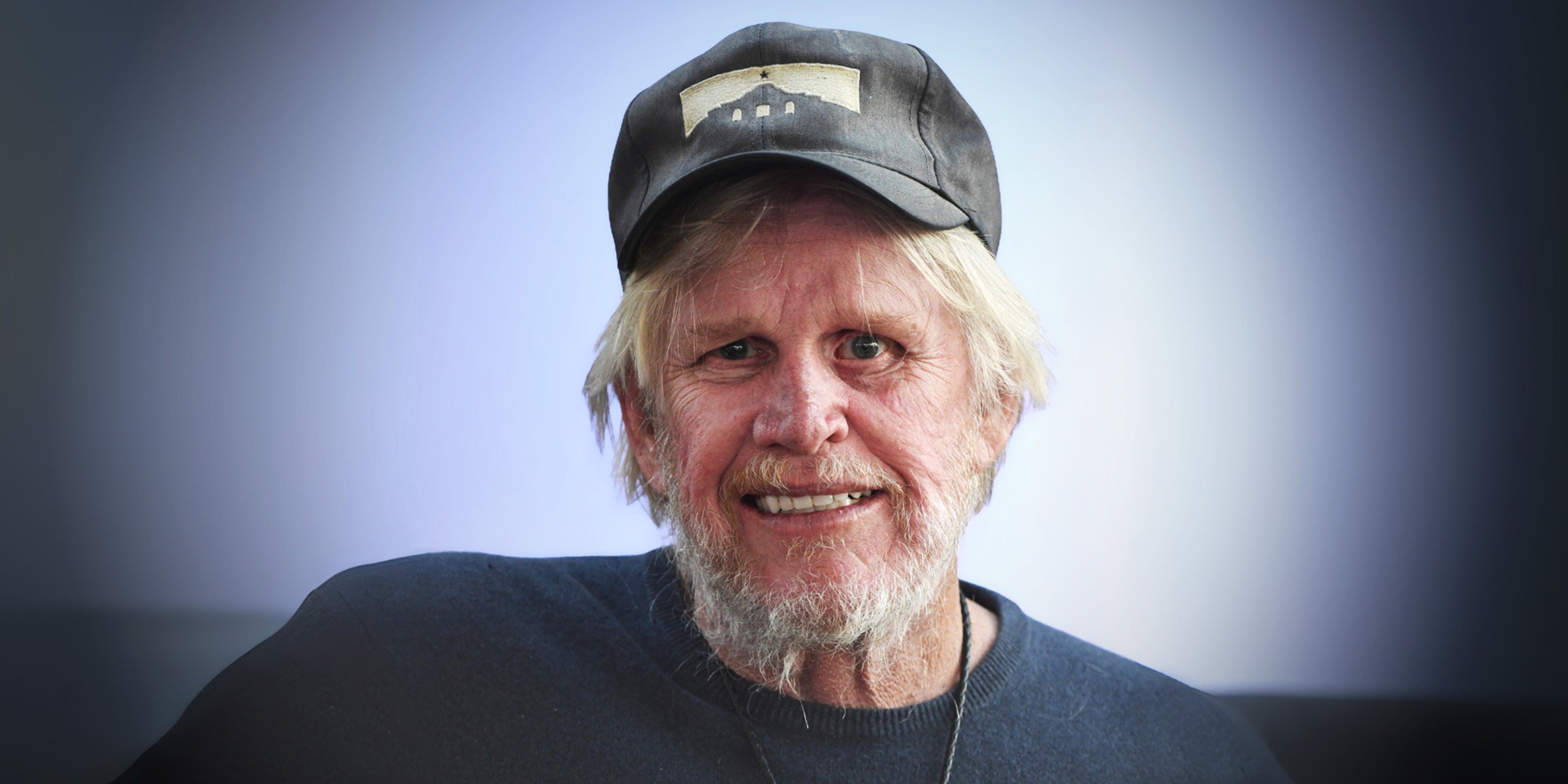
Once an '80s Heartthrob, He Survived Brain Surgery & a Deadly Illness – His Story
He once played some of cinema's most dangerous men, but no script could match what happened to him off-screen. At the height of his fame, one violent crash left him clinically dead, and a second diagnosis threatened to undo everything he'd fought to rebuild.
Fame can vanish in an instant, but so can life. For one well-known star of the 1980s and early '90s, a sharp turn on a Los Angeles street nearly ended both. At the height of his career, this actor captivated audiences with his intense and gritty performances. But a devastating accident would push his body, mind, and spirit to the edge.
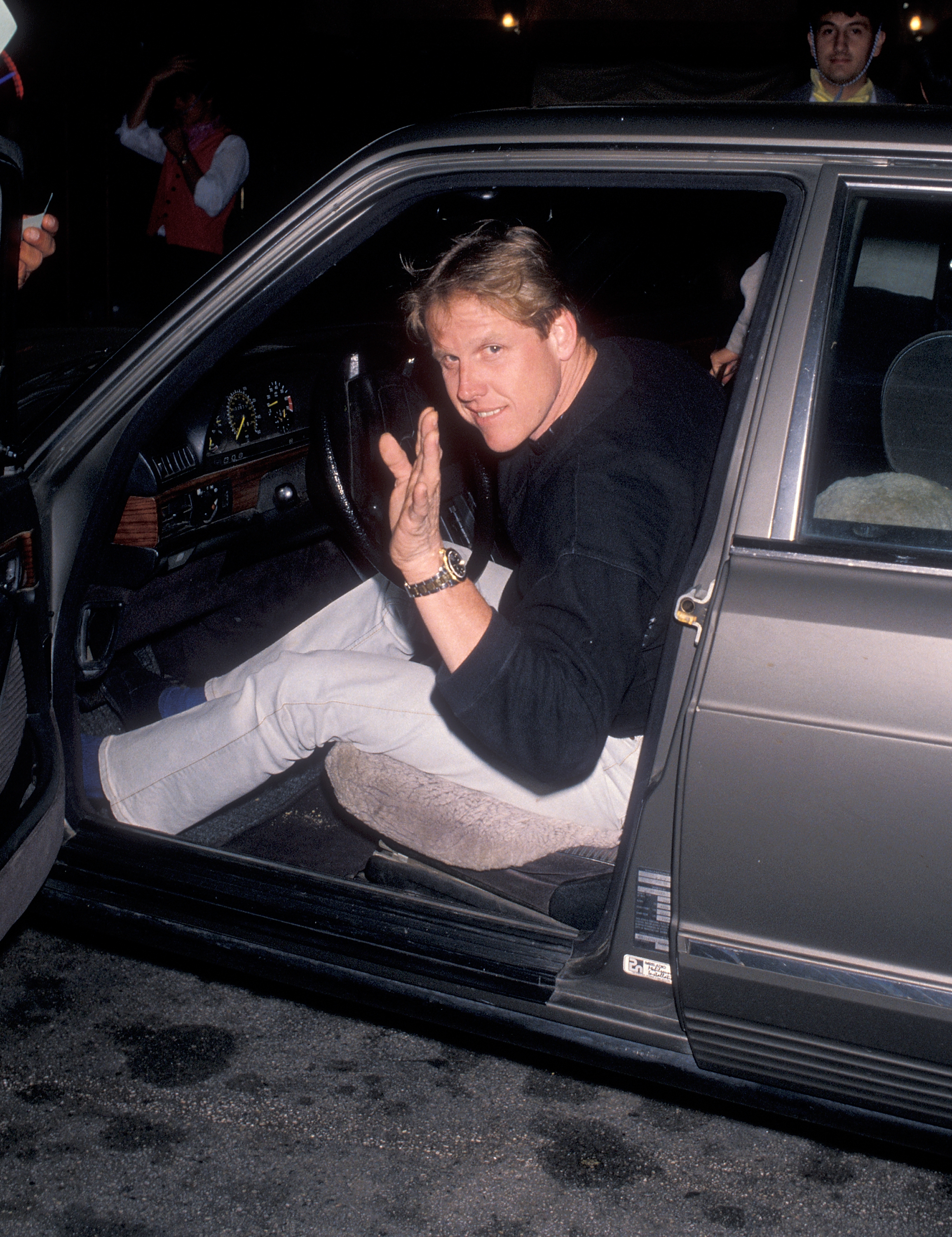
The actor attends Bernie Taupin's 40th birthday party at The Roxbury on May 26, 1990 in West Hollywood, California | Source: Getty Images
Over the decades that followed, he endured not one but two life-threatening medical emergencies. His story, still unfolding into his 80s, is one of survival, transformation, and the strange, sometimes surreal, wisdom that emerged along the way.

The actor pictured during the filming of "Big Wednesday," at Sunset Beach, on the north shore of Oahu (O'ahu), Hawaii, in September 1977 | Source: Getty Images
Rising Star with an Edge
Before becoming a household name, he was a talented musician playing drums for country icons such as Leon Russell, Kris Kristofferson, and Willie Nelson. Music, however, was only part of his creative foundation. Film soon called, and by the early 1970s, he had found his way into Hollywood, often cast as the gritty outsider or backwoods rebel.
His first film appearance was in 1971, as a biker in the low-budget film "Angels Hard as They Come." It was in 1978 that he broke through, starring as the legendary rock 'n' roll figure in "The Buddy Holly Story." Not only did he act the part, he played guitar and sang every vocal himself.
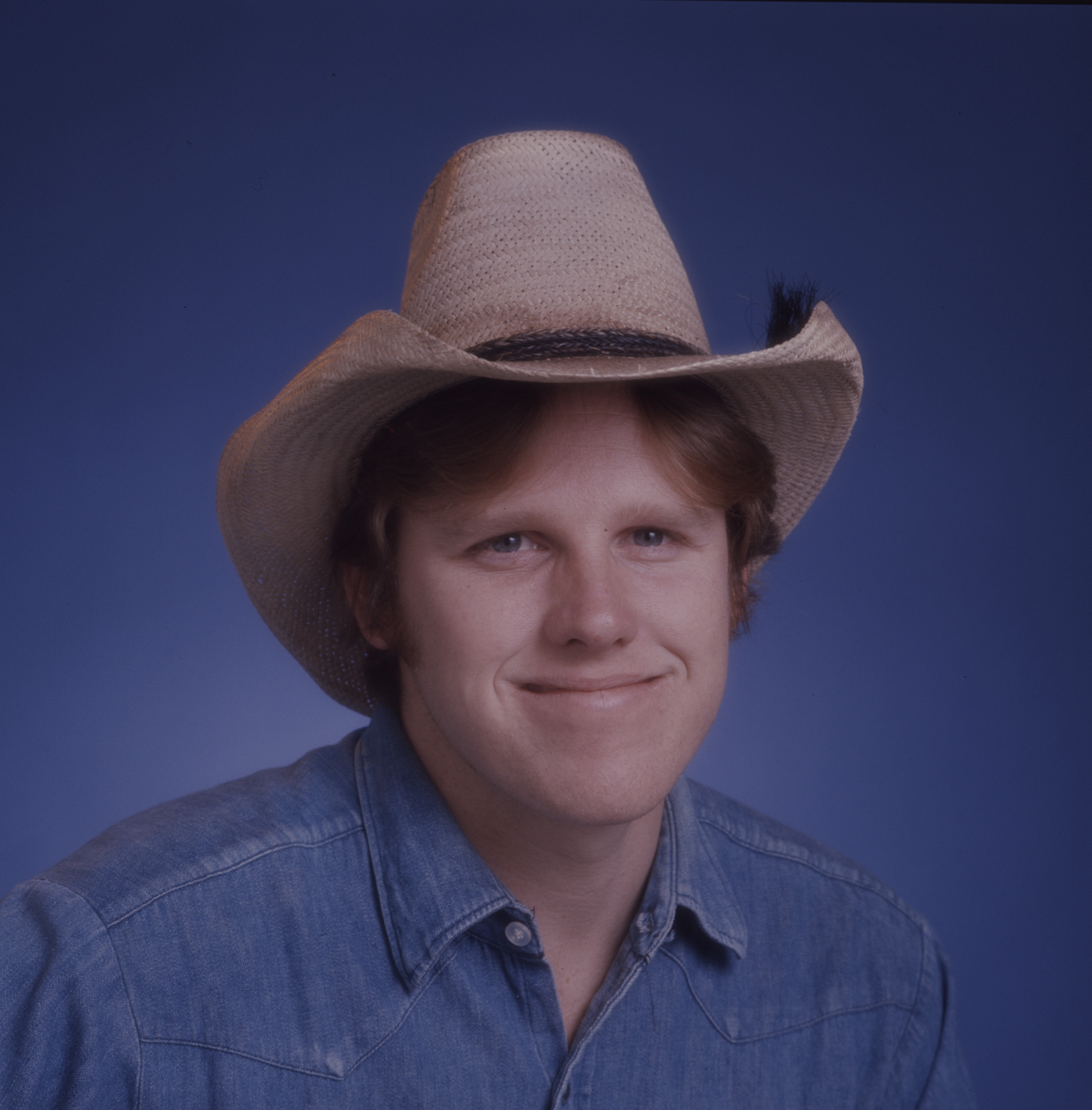
The actor is pictured on the set of "'The Texas Wheelers" in 1974 | Source: Getty Images
His immersive performance earned him an Academy Award nomination for Best Actor and marked him as one of the most dynamic new talents in Hollywood. From there, he joined other rising stars in the cult classic "Big Wednesday," and though some of his next projects faded into obscurity, the industry had already taken notice.
By the late 1980s and early '90s, his intensity had become his trademark. He portrayed the merciless Mr. Joshua in the blockbuster "Lethal Weapon," followed by high-profile roles in "Predator 2," "Point Break," and "Under Siege."
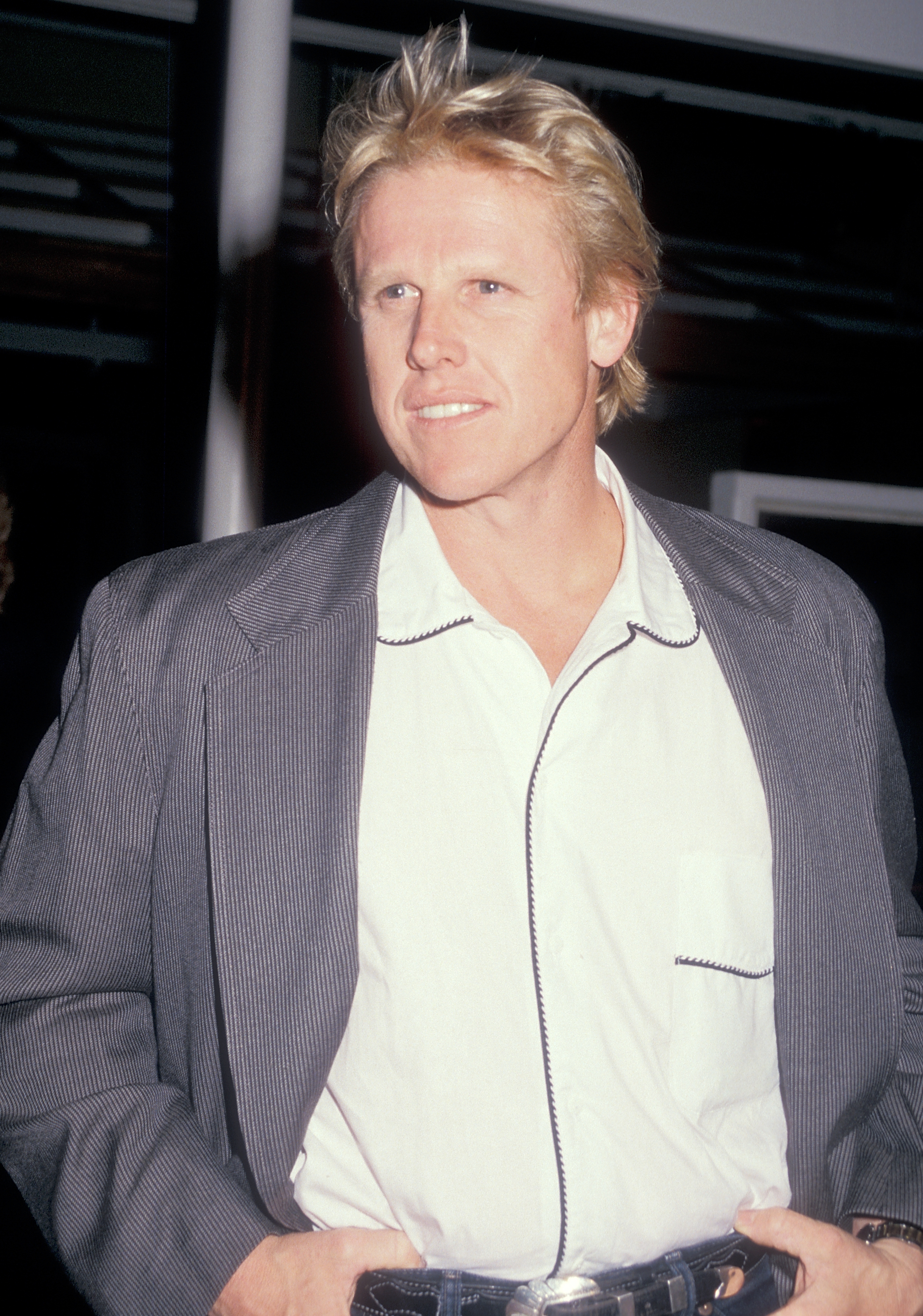
The actor attends the "Dancers" Century City premiere on October 7, 1987 | Source: Getty Images
Whether he was chasing surfers as a rogue FBI agent or playing a deranged Navy officer in league with terrorists, audiences couldn't look away. Though he remained steadily employed and built a loyal cult following, a sudden and violent accident would soon pull him out of Hollywood's spotlight and into a fight for his life.

The actor pictured at AMC Century 14 Theatres on October 7, 1987 | Source: Getty Images
The Day Everything Changed
It was December 1988. The beloved Hollywood star was riding his Harley-Davidson through the intersection of Washington and Robertson in Los Angeles when he came around a corner too fast and hit a patch of sand. As he braked hard, the motorcycle flipped, hurling him into the pavement. He landed first on his head, then his back.
The force of the impact caused a double compound fracture in his pelvis. Also, the side of his skull split open from his ear to the top of his head as he wasn't wearing a helmet.
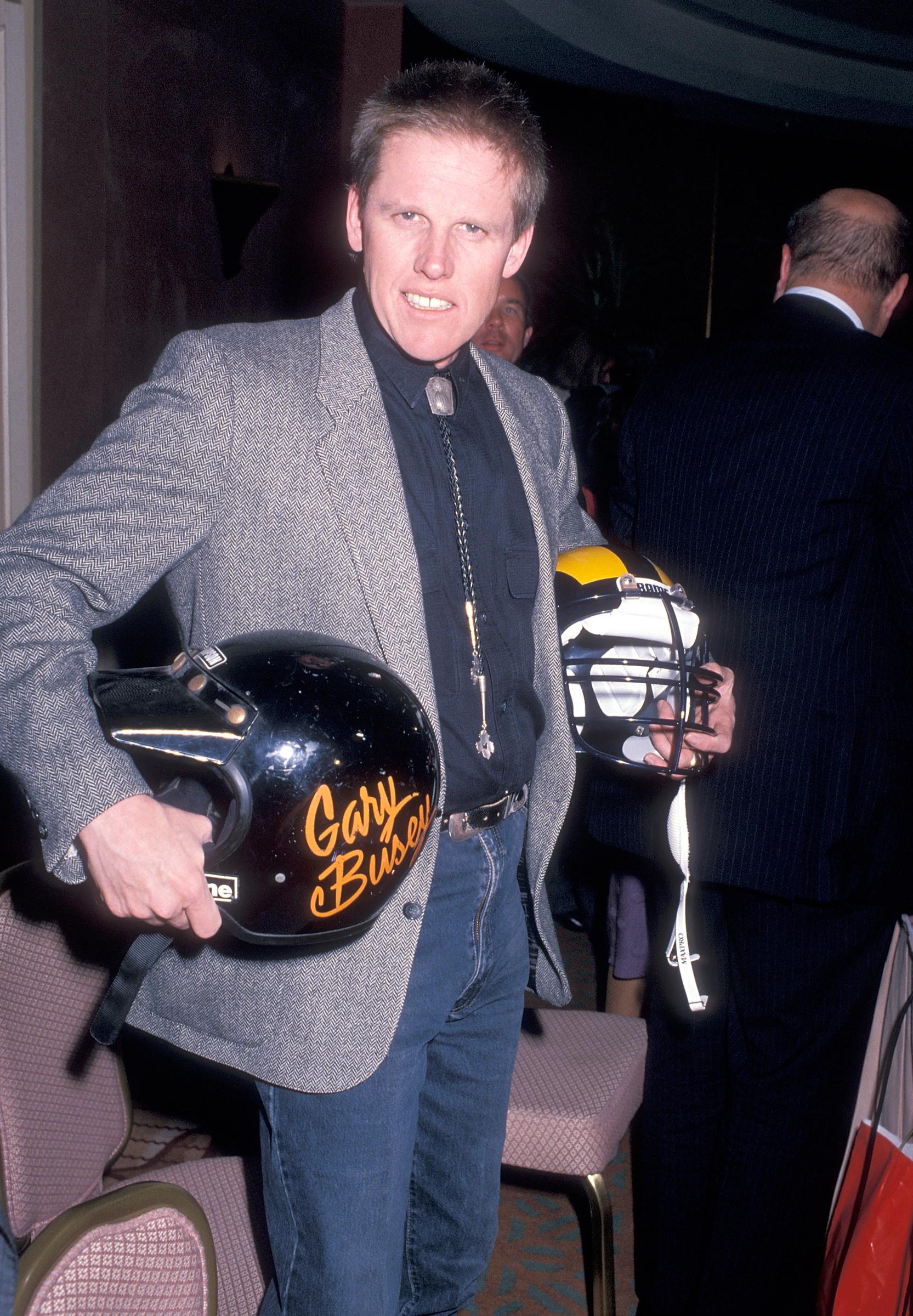
The actor pictured in 1989 | Source: Getty Images
At Cedars-Sinai Medical Center, doctors determined that he had suffered a subdural hematoma, a serious form of bleeding that occurs between the surface of the brain and the dura, its outermost covering. This type of injury is often the result of trauma and can be deadly if not treated immediately.
In his case, the injury was so severe that part of his skull had to be reconstructed using bone from his jaw. Subdural hematomas are especially dangerous because their symptoms can develop either suddenly or gradually. Depending on severity, they may cause persistent headaches, nausea, vomiting, slurred speech, dizziness, or vision problems.
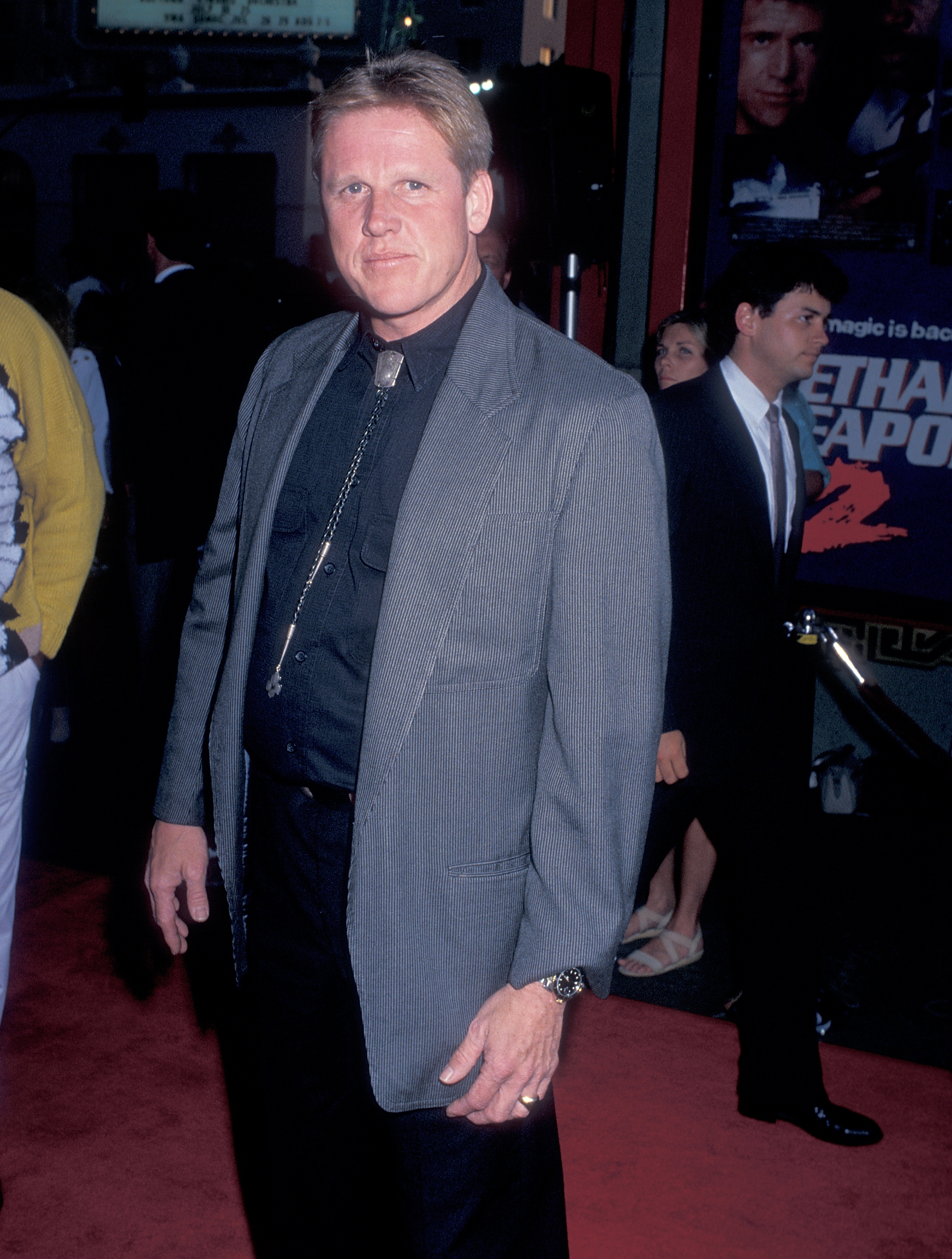
The actor attends the "Lethal Weapon 2" Hollywood Premiere on July 5, 1989 | Source: Getty Images
In more advanced or chronic cases, people may experience memory loss, confusion, balance issues, and changes in personality or behavior. The actor would later describe the moment during surgery when he briefly died. "I passed away after brain surgery and went to the other side," he explained. "And I came back."
His medical team saved his life, but the journey ahead would demand far more than physical healing. What followed would alter not just his body and brain, but his very sense of identity.

The actor speaks to the press about his near fatal motorcycle accident on March 1, 1989 | Source: Getty Images
Crossing Over and Coming Back
The man whose heart briefly stopped on that operating table was none other than Oscar-nominated actor Gary Busey, known for playing explosive, unpredictable characters in some of the most memorable action films of the late 20th century.
But in the aftermath of his accident and emergency brain surgery, Busey would become equally known for his spiritual outlook and the deeply personal meaning he attached to his survival. He later described experiencing what he believed was a supernatural realm during surgery.
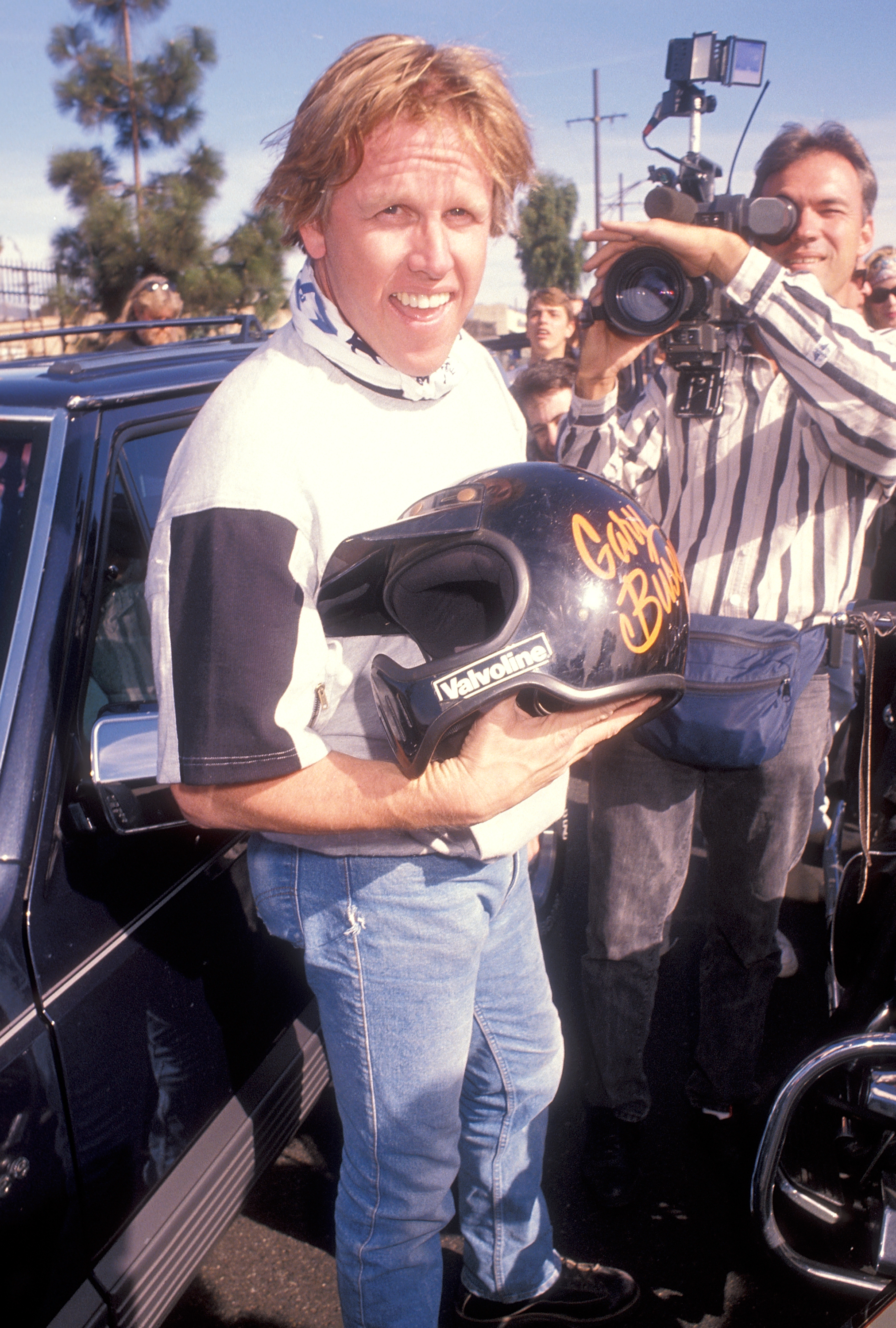
Gary Busey attends the "Love Ride 7" Motorcycle Ride to Benefit the Musculary Dystrophy Association on November 11, 1990 | Source: Getty Images
He found himself in the presence of floating orbs of light and encountered what he identified as angelic beings. According to Busey, the experience involved a powerful sense of love, trust, and protection unlike anything he had felt before. He claimed he was given a choice: to remain in that realm or return to his body and continue his life on Earth.
He chose to return, and when he woke up, he believed he had been given a new sense of purpose. That moment, he believes, was more than near-death. It was a rebirth. He began receiving what he calls "Buseyisms," word-based spiritual definitions that came to him suddenly, without thought.
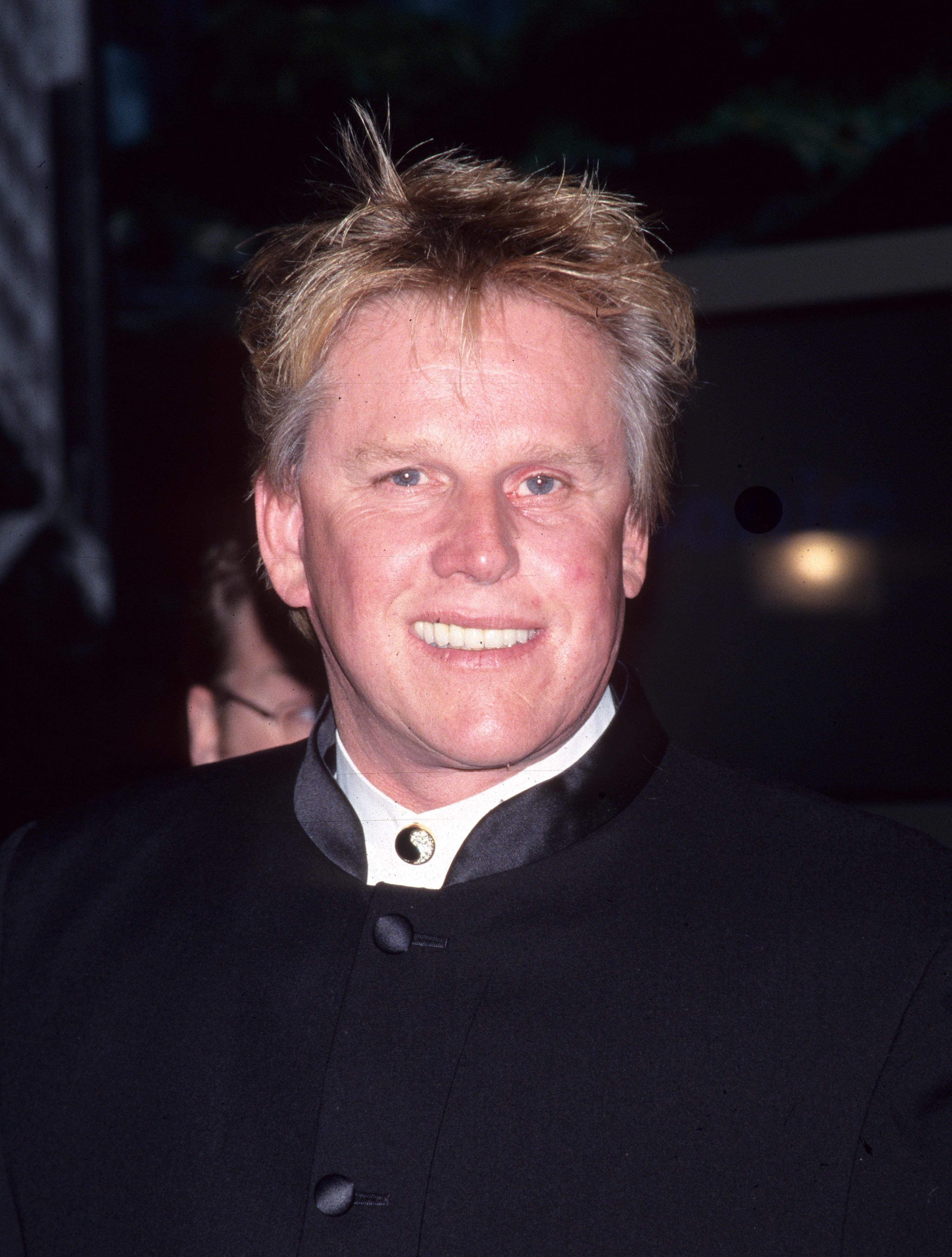
Gary Busey during Pier 60 Amnesty International USA's 4th Annual Spotlight Awards on September 25, 2000 | Source: Getty Images
"Hope stands for Heavenly Offerings Prevail Eternally," he explained. Another, "Faith," he defined as "Fantastic, Adventurous in Trusting Him." He used them to articulate his spiritual beliefs and life philosophies, and they became part of how he processed the trauma he had endured.
During his hospital stay, the effects of his brain injury became apparent. He reportedly began wandering into other patients' rooms and reorganizing their personal items. To help redirect this behavior, his then-wife at the time encouraged hospital staff to let him pretend he was preparing for a movie role as a doctor.
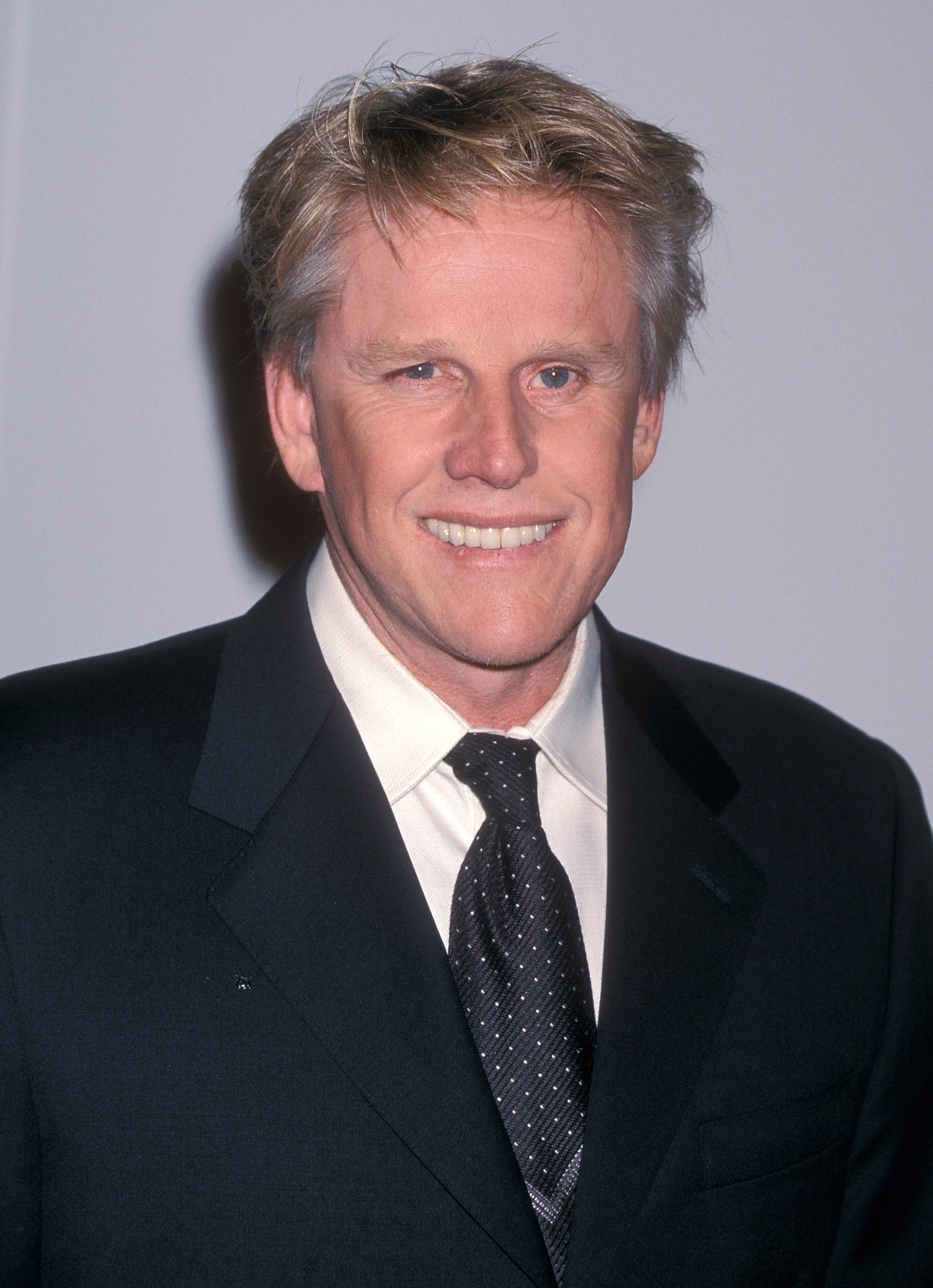
Gary Busey attends the 16th Annual American Cinematheque Award Salute to Nicolas Cage on October 28, 2001 | Source: Getty Images
With a lab coat on, he would follow medical rounds and continue his drawer-arranging routine, seemingly finding structure and focus through this new identity. During one of these impromptu visits, he organized a disordered drawer and coined his very first Buseyism: "Neat—Nice, Exciting and Tight."
Neurologically, the accident had caused damage to Busey's frontal lobe, an area of the brain involved in impulse control, judgment, and emotional regulation. The change in his personality was not just spiritual; it was medical. As his recovery continued, those changes would present challenges not only to him but to the people closest to him.
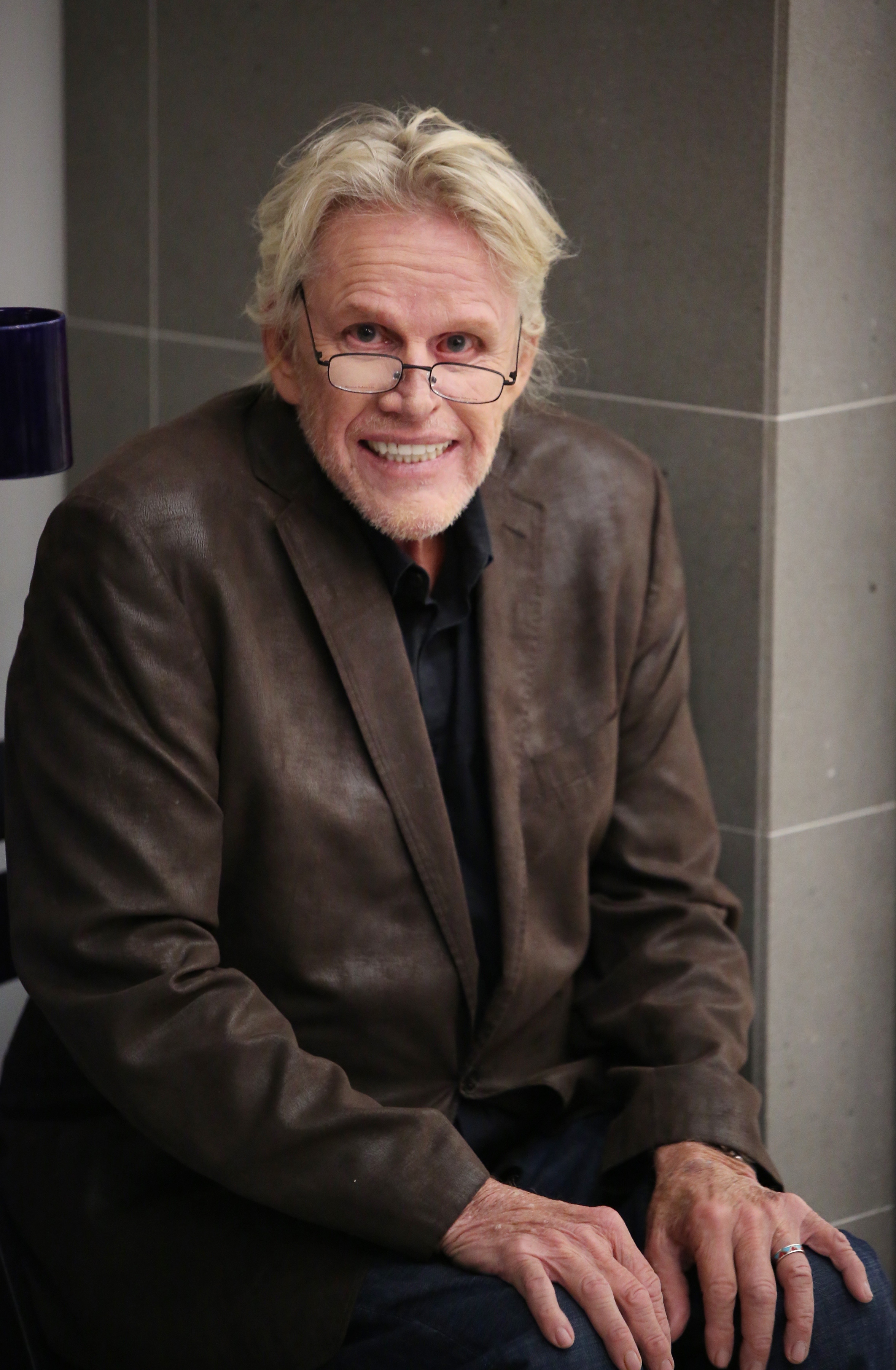
Gary Busey pictured at The Yard Herald Square on September 17, 2019, in New York City | Source: Getty Images
The Long Road to Recovery
Coming back to life was only the beginning. In the months that followed his brain surgery, Busey faced a long and exhausting rehabilitation. His son Jake, just 17 at the time, recalled that he and his mother had to help him perform the most basic tasks, such as talking, eating, walking, and even holding a pen.
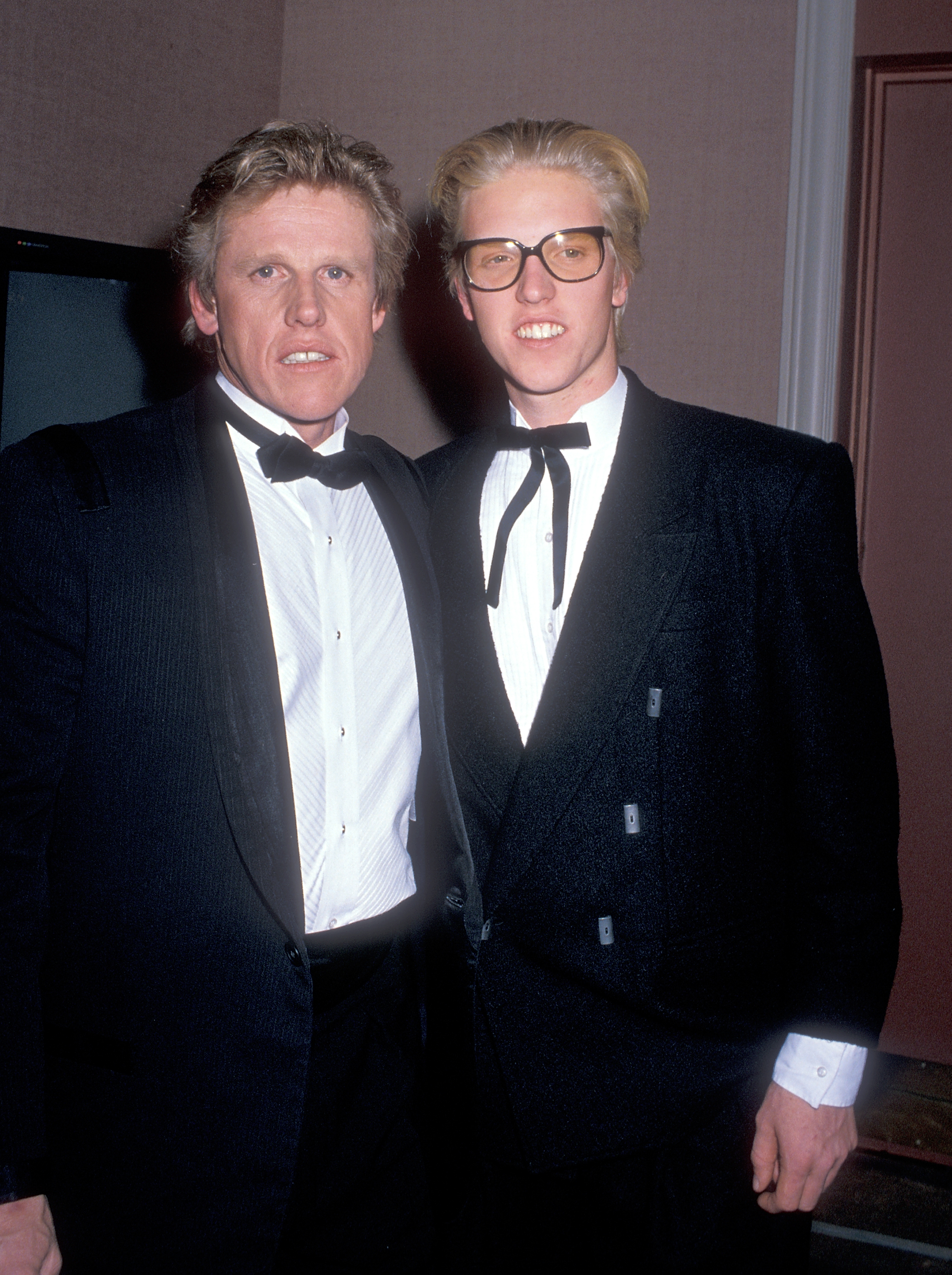
Gary Busey and his son Jake attend the 47th Annual Golden Globe Awards at the Beverly Hilton Hotel, on January 20, 1990 | Source: Getty Images
At one point, Busey was confined to a wheelchair, unable to communicate clearly, and often unresponsive. The damage to his brain made recovery even more complex. In addition to physical limitations, Busey became more impulsive, emotionally reactive, and prone to erratic behavior.
The injury also impacted his ability to focus and organize thoughts, abilities critical to his work as an actor and musician. His creative process, particularly his music composition, suffered significantly. As he struggled to regain control of his body and mind, Busey also fell deeper into drug use.
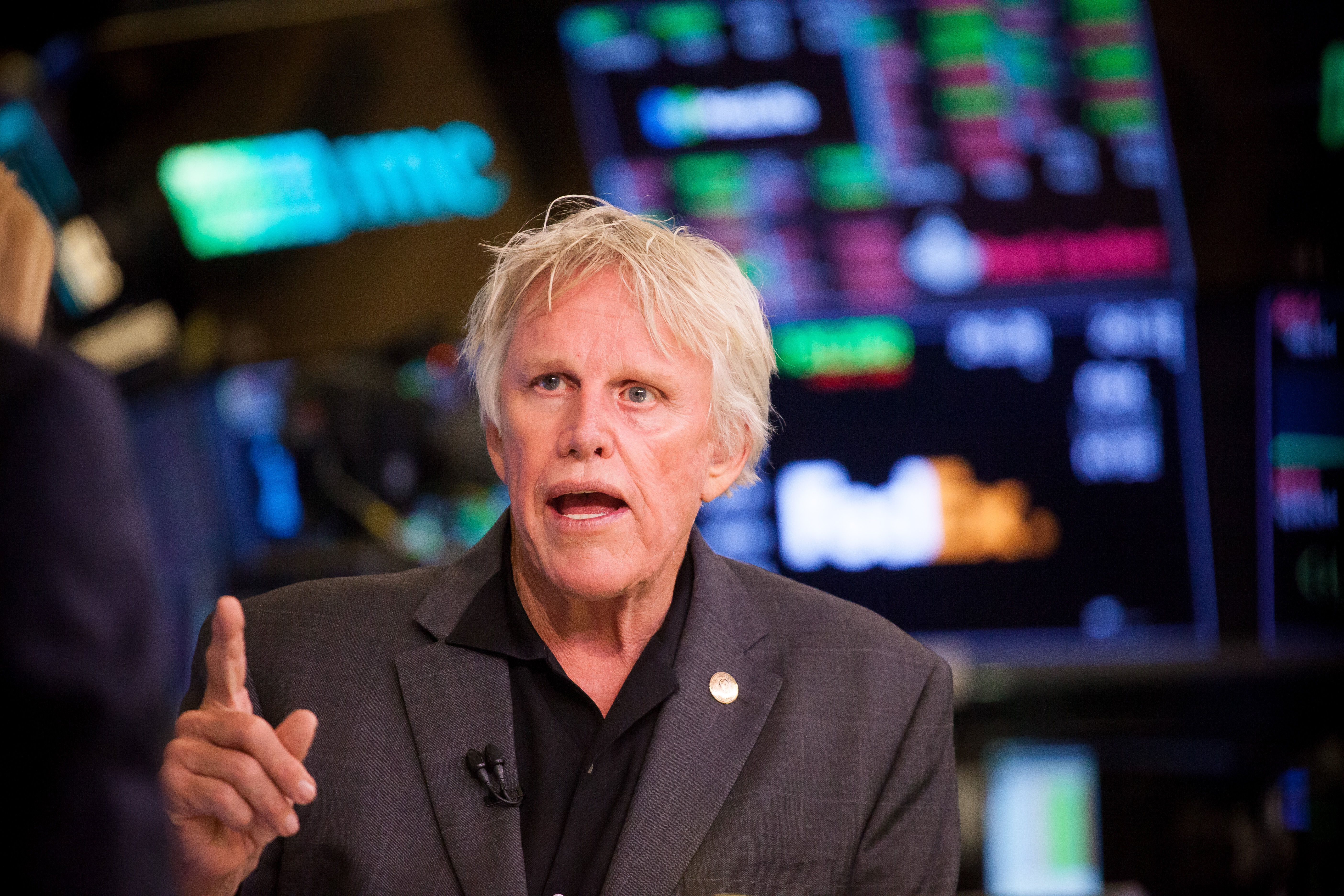
Gary Busey on the floor of the New York Stock Exchange (NYSE) on September 4, 2018 | Source: Getty Images
What had once been a casual habit escalated into multiple overdoses and repeated stints in rehabilitation. During this period, he entered into a turbulent second marriage, marked by instability and addiction. The combination of neurological trauma and substance abuse created additional barriers to recovery, both personally and professionally.
Despite these challenges, Busey began piecing his life back together. The spiritual lens through which he viewed his accident gave him a sense of purpose, and he remained publicly optimistic even when privately grappling with the long-term consequences of his injury. It was a messy path, but it was one he was determined to walk.
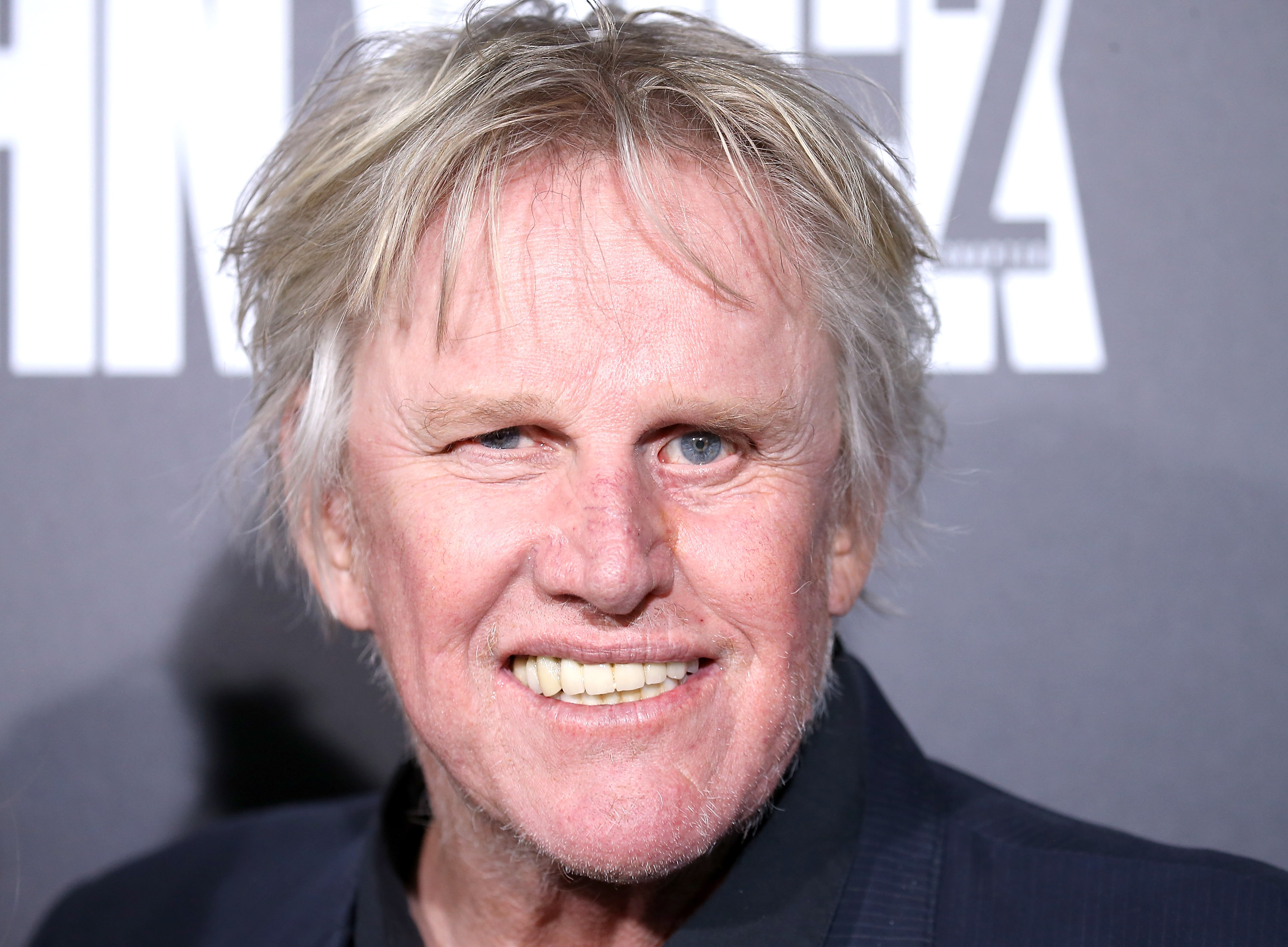
Gary Busey arrives at the Los Angeles premiere of "John Wick: Chapter Two" on January 30, 2017 | Source: Getty Images
A New Threat Emerges
Nearly a decade after surviving his traumatic brain injury, another serious health crisis emerged. While filming a movie in Hawaii in the mid-1990s, he experienced a sudden and intense nosebleed during his final scene. The bleeding was so forceful that he compared it to the pressure of a fire hose.
Although it eventually stopped, it resumed again once he returned to California. His doctor in Malibu referred him to a specialist, who performed a biopsy on a polyp in Busey's sinuses. The results revealed a malignant tumor, a sarcoma, located deep within the tissues of his nasal cavity.
It was an aggressive and rare form of cancer, and at the time, it was unclear whether it could be fully cured. Sarcoma is an uncommon type of cancer that originates in the body's connective tissues, such as fat, muscle, nerves, blood vessels, and the tissues surrounding bones and joints.
Because sarcomas can develop in various parts of the body, their symptoms can vary greatly. In early stages, some may go unnoticed or appear as painless lumps under the skin. Others may not cause discomfort until they grow large enough to press against nearby organs or tissue.
Depending on the location and type, symptoms of sarcoma can include persistent pain in an extremity, the pelvis, or abdomen, swelling or a noticeable mass, difficulty moving a limb, unexplained weight loss, and even back pain. Busey's symptoms began with a severe nasal bleed, which was likely due to the tumor's position in his sinus cavity.
In 1997, he underwent a seven-hour surgery to remove the cancer. The operation was performed through his nose, allowing surgeons to access the tumor without leaving external scars. Though the procedure was successful, his medical team warned that microscopic cancer cells might still remain.
To reduce the risk of recurrence, Busey followed up with radiation therapy, a decision he later questioned. The radiation treatment caused significant facial distortion. It pulled down one of his eyes and raised the bridge of his nose, visible changes and, for a screen actor, deeply impactful.
He later underwent reconstructive surgery to restore his appearance. For Busey, that stage of recovery marked not just a physical repair but what he described as a personal rebirth.

Gary Busey pictured at Paramount Studios on July 22, 2015 in Hollywood, California | Source: Getty Images
Sarcoma, like many cancers, shares symptoms with more common conditions, making early diagnosis challenging. Its treatment typically involves a combination of surgery, radiation, chemotherapy, targeted therapy, and sometimes immunotherapy, depending on the tumor's size, location, and spread.
Busey's case was caught in time, but the experience reinforced a lesson he'd already learned: survival often comes at a cost, and healing rarely happens all at once.
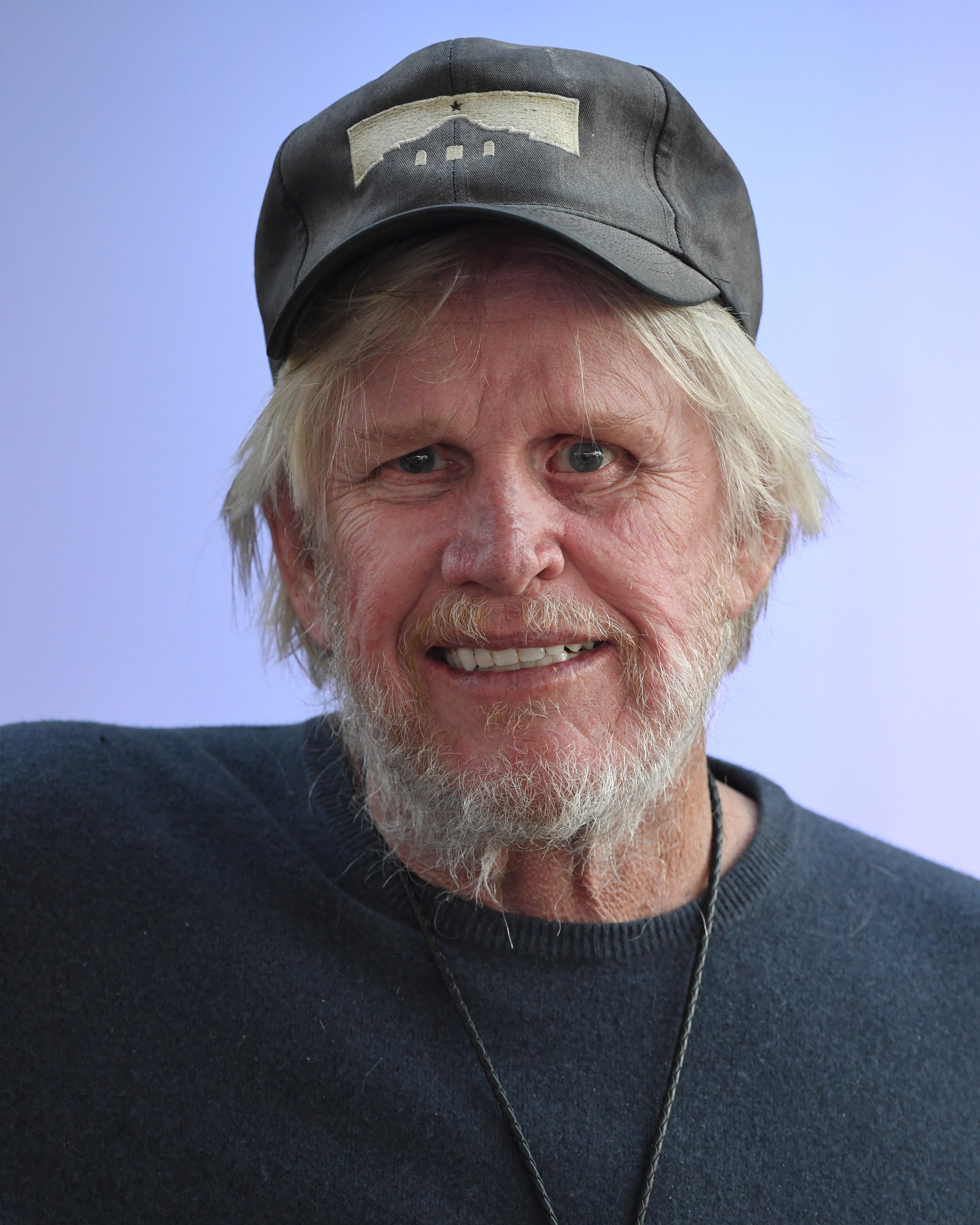
Gary Busey pictured at The Comedy Chateau on May 12, 2021 in North Hollywood, California | Source: Getty Images
Life Now: Lessons and Legacy
Today, Busey is 81 and continues to thrive. On July 3, 2025, he posted a video of himself seated at a table, blowing out the candles on his birthday cake. The text overlay on the clip read, "81 and still going strong." It was a quiet yet powerful statement from someone who, by all accounts, has lived more than one life.
Although he no longer appears on screen as frequently as he once did, Busey remains active in the entertainment industry. His recent credits include roles in "Reggie: A Millennial Depression Comedy" (2021), "Holy Cash" (2024), and the voice of John C. Calhoun in "The Gettysburg Address" (2025).
In a 2019 interview, Busey credited much of his post-accident stability to his longtime partner, Steffanie Sampson, a hypnotherapist and stand-up comedian. The two had been together for over a decade and were raising a young son, Luke. He said that if it hadn't been for Steffanie's care and commitment, he might have ended up in a nursing home.
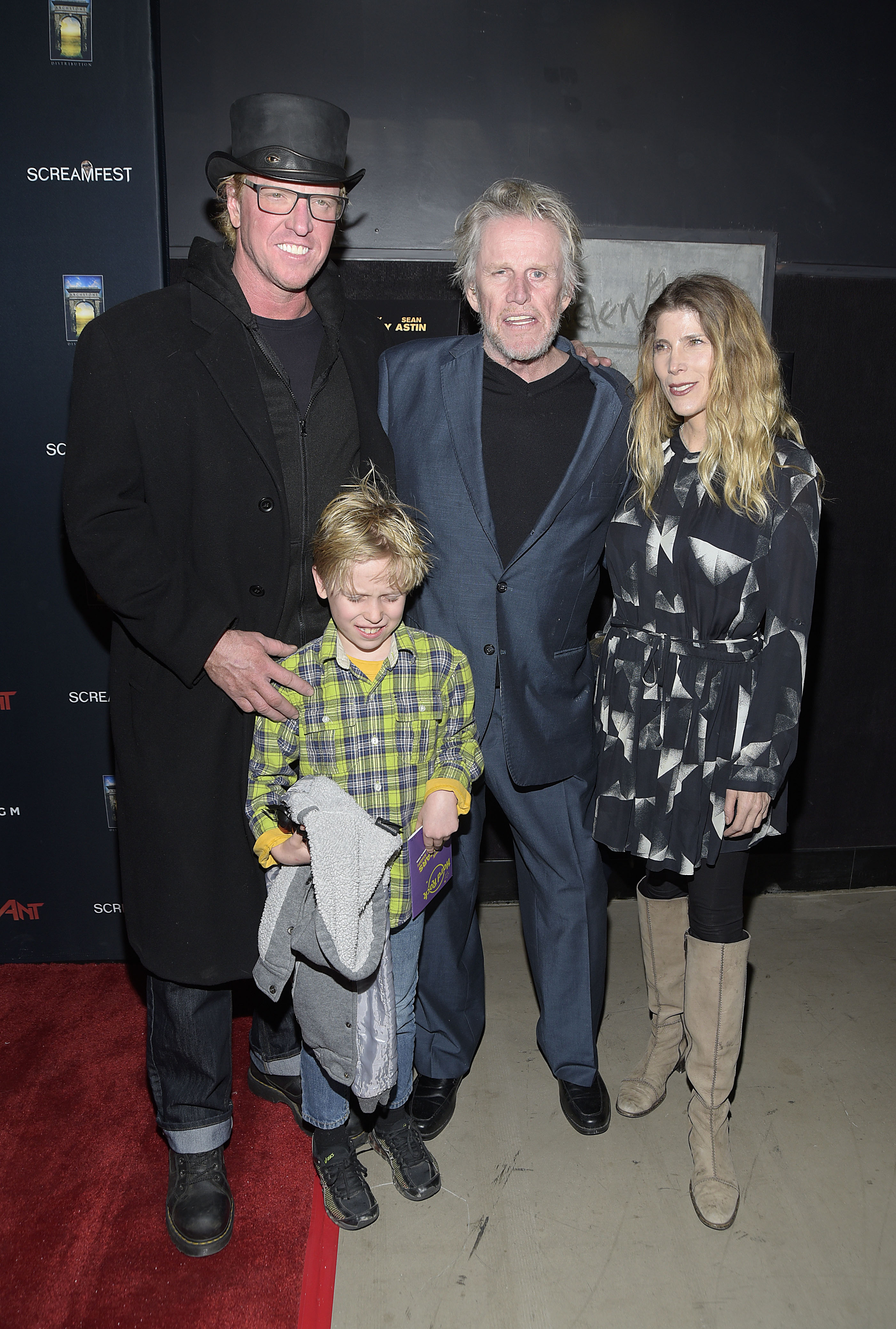
Jake Luke, and Gary Busey with Steffanie Sampson, attend the Los Angeles premiere screening of "Dead Ant" on January 22, 2019 | Source: Getty Images
Despite the long-term effects of his cancer treatment, such as the loss of his tear ducts and sinuses, Busey has remained active in public life. He often spoke about metaphysical beliefs and spiritual experiences, which shaped his survival. He described his life as a series of past identities, claiming to have lived as a Native American healer, a pirate, and even a figure from Atlantis.

Gary Busey and his partner Steffanie visit the SiriusXM Studios on September 5, 2018 | Source: Getty Images
While his statements often seemed fantastical, Busey approaches life with a deep sense of mystery and meaning. His public persona is eccentric, at times erratic, but underneath the surface is a man who has withstood addiction, trauma, and two brushes with death and who remains, in his words, devoted to living out his "destiny."
The information in this article is not intended or implied to be a substitute for professional medical advice, diagnosis or treatment. All content, including text, and images contained on news.AmoMama.com, or available through news.AmoMama.com is for general information purposes only. news.AmoMama.com does not take responsibility for any action taken as a result of reading this article. Before undertaking any course of treatment please consult with your healthcare provider.
